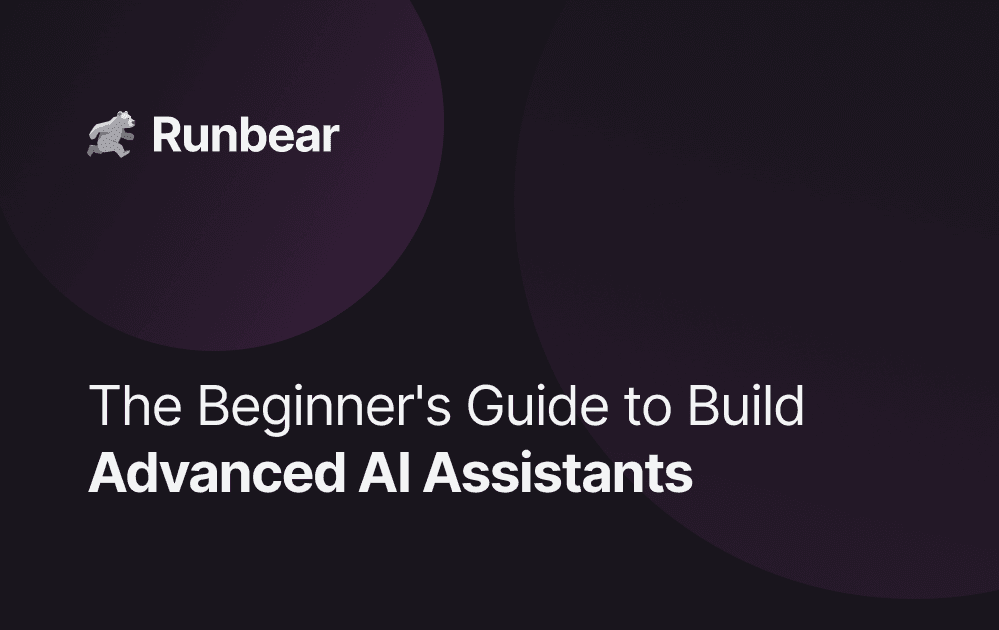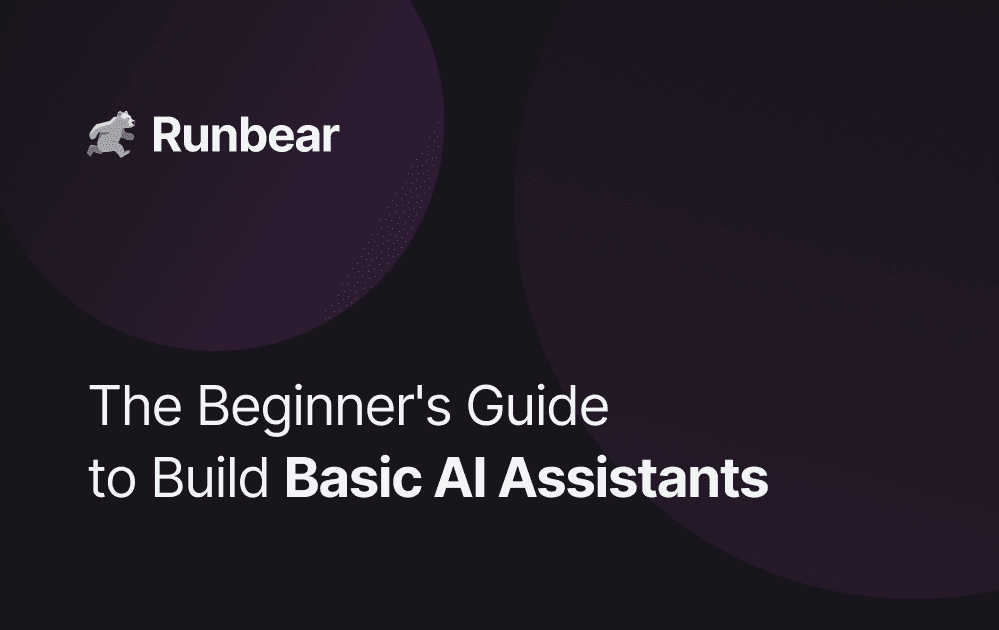Prompt Engineering Guide
A concise guide to prompt engineering strategies for better AI results, including clear instructions, task breakdowns, and few-shot learning, with practical examples and references.
Six Strategies for Getting Better Results
OpenAI recommends six strategies for getting better results:
- Write Clear Instructions: Specific instructions reduce errors. If you need brief replies or expert-level answers, mention it. For better formatting, demonstrate your preferred structure.
- Provide Reference Text: Language models may generate fake answers, so giving relevant reference material can increase accuracy and reduce errors.
- Split Complex Tasks: Breaking down tasks into simpler subtasks improves accuracy. For dialogue or summarization tasks, tackle each part sequentially.
- Give Models Time to Think: Asking models to explain their reasoning process improves accuracy for complex queries. Prompt them to analyze or summarize before providing a final answer.
- Use External Tools: Models can utilize tools for tasks beyond their native abilities, like retrieving documents or performing calculations, for more accurate and reliable outputs.
- Test Changes Systematically: Regularly evaluate prompt changes with representative test cases to ensure consistent performance improvements.
Few-shot Learning
Few-shot learning is a prompt engineering technique used to guide AI models in understanding specific tasks by providing a few examples of input-output pairs. By showing the model a handful of samples that demonstrate the desired format, tone, or structure, few-shot examples help the model infer the patterns it needs to follow, even when specific instructions are minimal or implicit. This approach leverages “in-context learning,” where the AI model generalizes from examples within the prompt without requiring fine-tuning.
Take a look at this instructional example utilizing few-shot learning:
Example 1: Input: "The smartphone industry is rapidly evolving with new features like foldable screens." Category: Technology Example 2: Input: "The new novel explores themes of family, love, and resilience in the face of adversity." Category: Literature Example 3: Input: "Governments worldwide are addressing climate change through policy reforms." Category: Environment Now classify the category of this input: Input: "Scientists are making breakthroughs in cancer research with promising new treatments."



